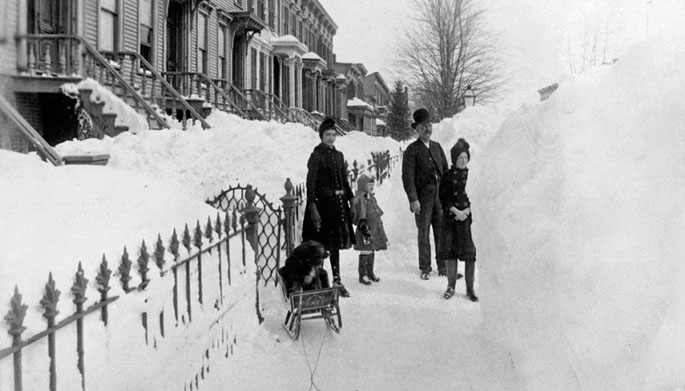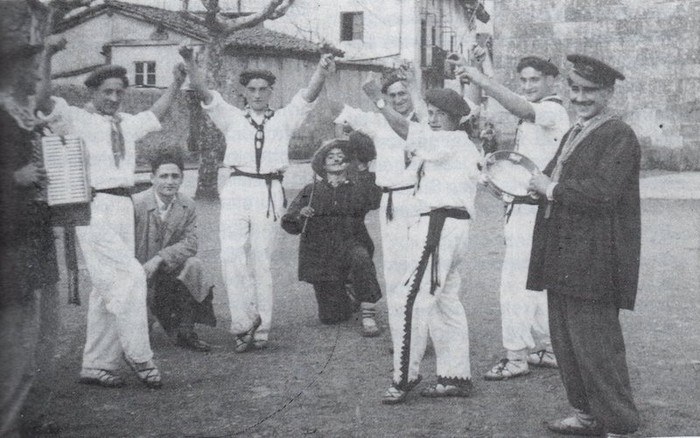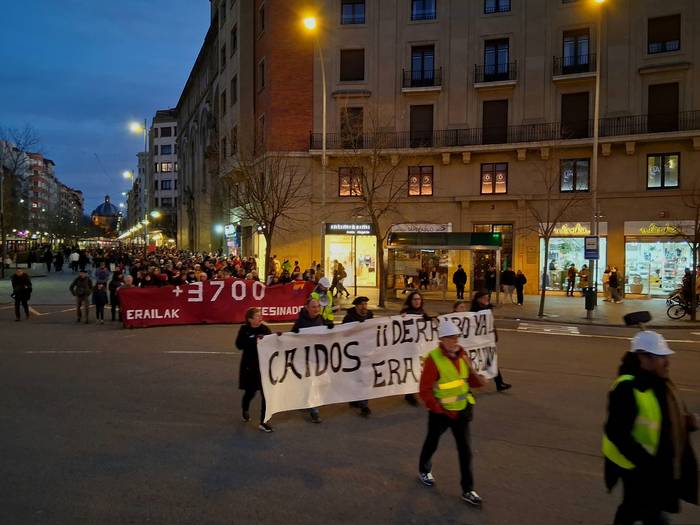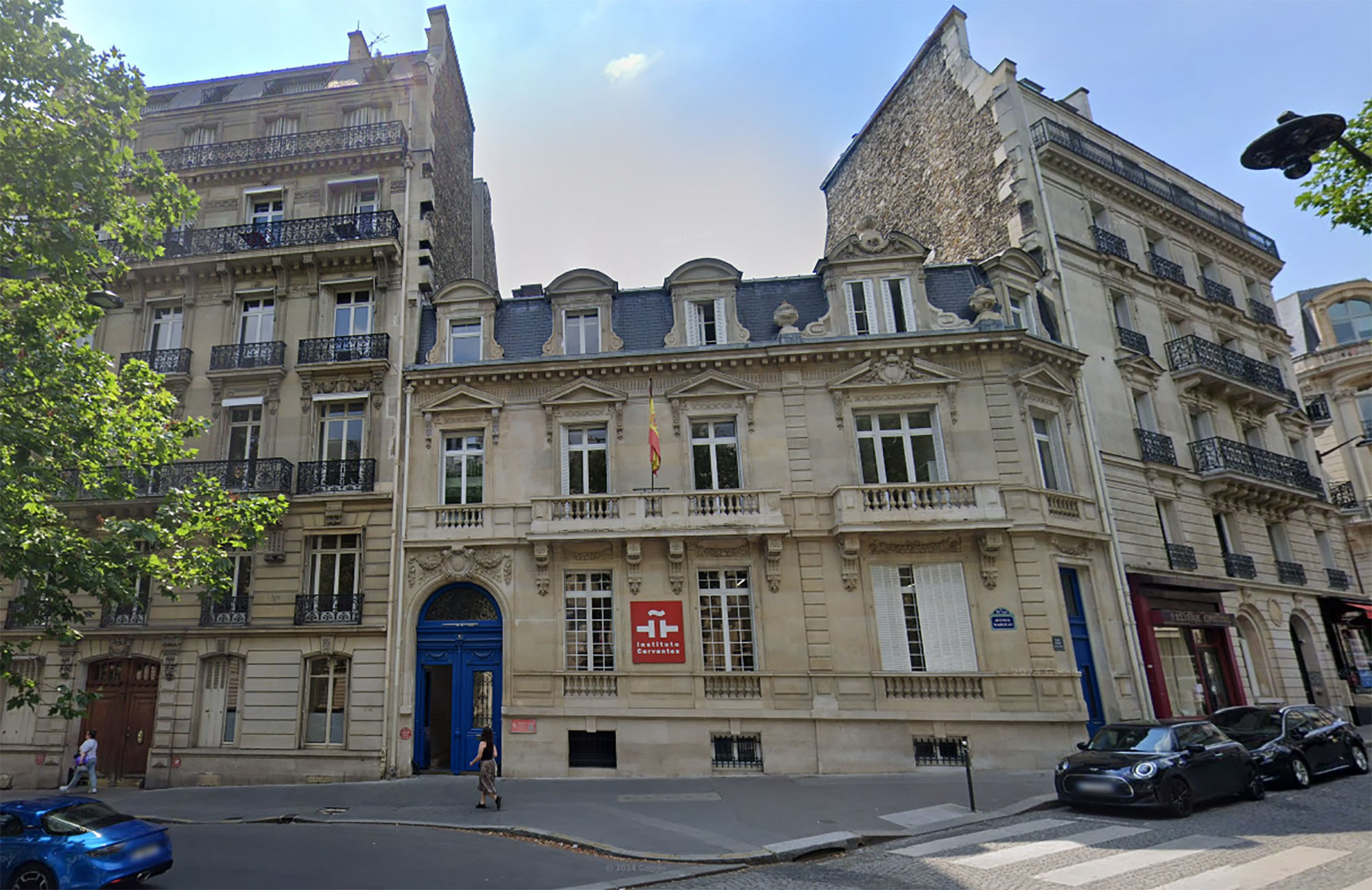The snow that changed New York

New York, 11 to 14 March 1888. The city was surprised by the appalling ventisca. Indeed, two or three days earlier, the inhabitants of the area had already begun to enjoy the warm temperatures that spring had brought.
During those days, a one-and-a-half meter high snow layer left him incommunicado in Manhattan. The new Brooklyn Bridge was closed immediately and the ferries didn’t work, only a few who walked out of New Jersey on the icy waters of the Hudson River managed to reach the island. The winds of 130 km/h tormented the situation, among other things, by the electric and telephone line of the city streets. The city took weeks to recover. According to the New York fire brigade, the fires resulted in a loss of $25 million per hour, which could not quantify the material damage suffered by the fire. About 400 people died, half in New York.
Before they realized it, and therefore before they knew the real consequences, on March 13, The New York Times said it was “the gravest storm the city has ever known.” The media strongly criticized the city's infrastructure and resolved them: “A transport system must be planned and built as soon as possible, allowing for very rapid circulation and not interrupted by storms, and all electrical wires (telegraph, telephone, firewire and lighting) must be buried without delay.”
After the storm ended, the City Hall began designing a plan for the construction of the underground railway system. The plan was completed in 1894 and construction of the New York Metro began in 1900. By then, following the advice of the newspaper, the laying had sunk into the subsoil.
On 13 March, therefore, that same day, another city publication, New York Sun, also talked about bisutsa, but from another point of view: “Few women who work outside to achieve a livelihood have managed to get to work. Surely, in all the history of the skirts, the arrogance of the designer of these costumes has never been so evident.” And she collected testimonies from users of long, heavy and uncomfortable dresses: one woman said that the skirt had managed to reach work at hip height; another, that she had to walk half an apple and go home; one third, that she had to be rescued in the street, with the wet skirts attached to the ice, after having remained immobile.
Sun probably did not have the same influence as Times, and other factors caused the fashion of shorter and more comfortable dresses and skirts to prevail in the 1890s. But that snowfall, in addition to trains and cables, helped bury the skirts.
Archaeologists have discovered more than 600 engraved stones at the Vasagård site in Denmark. According to the results of the data, dating back to 4,900 years ago, it is also known that a violent eruption of a volcano occurred in Alaska at that time. The effects of this... [+]
Vietnam, February 7, 1965. The U.S. Air Force first used napalma against the civilian population. It was not the first time that gelatinous gasoline was used. It began to be launched with bombs during World War II and, in Vietnam itself, it was used during the Indochina War in... [+]
I just saw a series from another sad detective. All the plots take place on a remote island in Scotland. You know how these fictions work: many dead, ordinary people but not so many, and the dark green landscape. This time it reminded me of a trip I made to the Scottish... [+]
Japan, 8th century. In the middle of the Nara Era they began to use the term furoshiki, but until the Edo Era (XVII-XIX. the 20th century) did not spread. Furoshiki is the art of collecting objects in ovens, but its etymology makes its origin clear: furo means bath and shiki... [+]






















